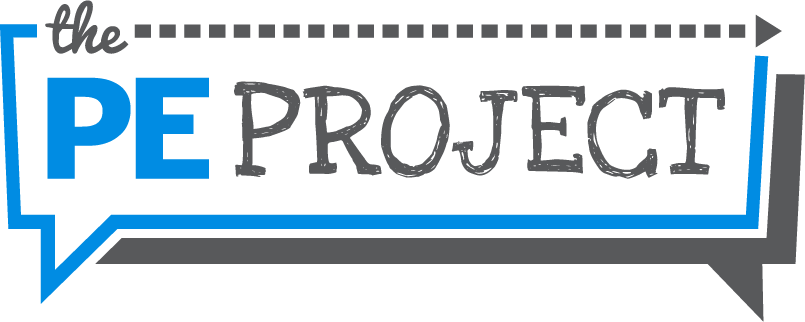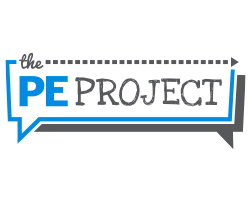Physical education is an essential part of the school curriculum, providing opportunities for students to develop and enhance their physical, social, and emotional skills. However, not all students have the same abilities and may require different approaches to learning. The 'Inclusion teaching style', developed by Mosston and Ashworth, is a valuable method for physical education teachers to create a safe and supportive environment for all students.
The inclusion teaching style focuses on the individual needs and abilities of students, providing a range of options for students to engage in physical activities. According to Mosston and Ashworth, there are 11 teaching styles that can be used in physical education, ranging from command to self teach.
In the inclusion teaching style, the teacher provides various modifications and adaptations to the physical activities to cater to students' diverse abilities. For example, if the class is playing basketball, the teacher may introduce different ball sizes or lower the height of the basket to ensure that all students can participate. The teacher also encourages collaboration and teamwork, creating a sense of community among students.
Another key aspect of the inclusion teaching style is the use of positive feedback and reinforcement. The teacher provides feedback that is specific, timely, and constructive, highlighting students' strengths and areas for improvement. This approach fosters a growth mindset, where students are encouraged to take risks and learn from their mistakes.
One study that examined the effectiveness of the inclusion teaching style in physical education found that students with disabilities demonstrated improved motor skills, self-esteem, and social skills when exposed to inclusive teaching practices (Block et al., 2016). The study also found that students without disabilities showed increased empathy and acceptance towards their peers with disabilities.
In conclusion, the inclusion teaching style is an effective approach for physical education teachers to create an inclusive and supportive environment for all students. By adapting physical activities to cater to students' diverse abilities, encouraging collaboration and teamwork, and providing positive feedback, teachers can enhance students' motor skills, self-esteem, and social skills. The inclusion teaching style is a valuable tool for promoting diversity, inclusion, and acceptance in physical education.
References
- Block, M. E., Pellegrini, A. M., & Keys, C. B. (2016). Including students with disabilities in general physical education: A program evaluation of factors that impact teacher practices. Journal of School Health, 86(7), 502-509.
- Mosston, M., & Ashworth, S. (2002). Teaching physical education. Pearson.










